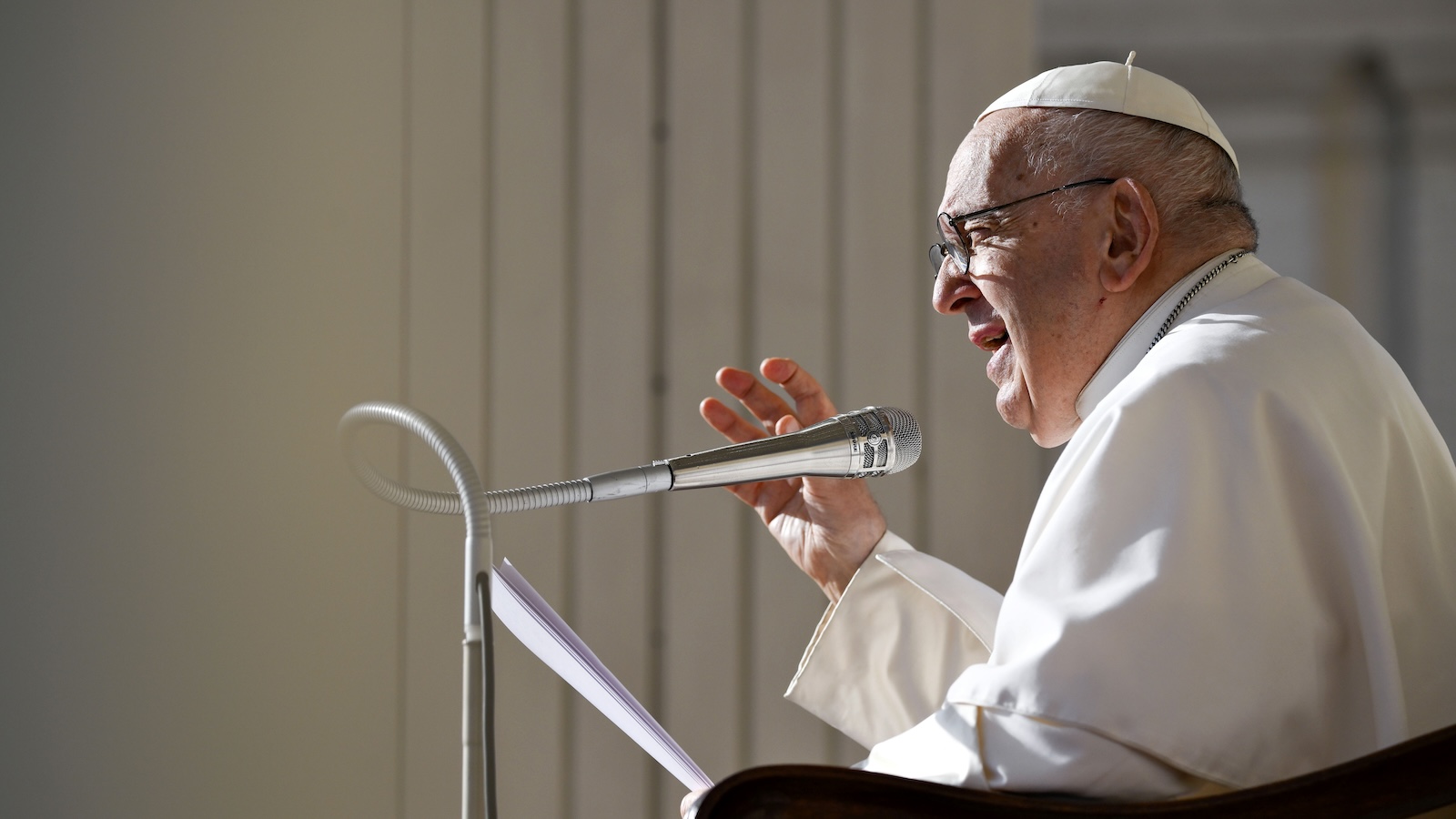This story was originally published by WIRED and is reproduced here as part of the Climate Desk collaboration.
With little fanfare, the European Union has launched a huge climate experiment. On October 1, the EU kicked off the initial phase of a Europe-wide tax on carbon in imported goods. This marks the first time a carbon border tax has been tried at this scale anywhere in the world. Europe’s experiment could have ripple effects across the entire globe, pushing high-emitting industries to clean up their production and incentivizing other countries to launch their own carbon taxes. It may well end up being the most important climate policy you have never heard of.
“This is an excellent example of wild ambition on the regulatory front,” says Emily Lydgate, a professor of environmental law at the University of Sussex. Nothing approaching the scale or ambition of the EU’s carbon border tax exists anywhere in the world, although California has a very limited version of its own carbon tax on energy imports. “It’s very novel to roll this out in such a big market. The perturbations throughout the system are pretty huge.”
So how does it work? The Carbon Border Adjustment Mechanism (CBAM) is essentially an import tax on carbon-intensive products, such as cement, steel, fertilizer, and electricity. Since 2005, the EU has levied a carbon price on highly polluting industries within its own borders, requiring manufacturers to buy credits to cover the carbon they emit or risk heavy fines. Businesses receive a certain number of free allowances, but to emit more carbon they must pay around €80 ($75) per metric ton for the privilege—one of the highest carbon charges anywhere in the world.
You might sense the problem with this system. China, for instance, doesn’t levy a carbon tax on steel, which means it can undercut the EU steel industry. And EU companies looking for a good deal will likely turn to countries with the cheapest steel prices. The CBAM is an attempt to level this playing field. Under the new regime, an importer of Chinese steel will have to purchase carbon credits that correspond to the same rate as steel produced in the European Union. That is the crux of the CBAM—making sure that the carbon in high-emission products is priced at the same rate, no matter where those products are produced.
“The EU is trying to export its price on carbon to the rest of the world,” says Marcus Ferdinand, chief analytics officer at carbon consultancy Veyt. For now, the CBAM is still in a soft-launch stage. From October 2023 to December 2025, importers of goods covered by the CBAM will need to declare emissions in those products, but they won’t have to buy any carbon allowances. From 2026, however, importers will have to buy CBAM certificates to cover these “embedded” emissions.
Even this transition stage is a pretty big deal, says Lydgate. The new rules will initially apply to imports of cement, iron, steel, aluminum, fertilizers, electricity, and hydrogen. This means that all of these importers and manufacturers will have to start quantifying their emissions to make sure they don’t fall foul of the CBAM. “Just by being the first mover on this, the EU is catalyzing this huge upskilling of firms around the world in having to do something which they haven’t really had to do on a mandatory basis,” says Lydgate. Other high-emission goods, such as crude petroleum, synthetic rubber, and other metals, may be added in later versions of the CBAM.
Of course, the EU isn’t being entirely altruistic. When the European Commission proposed the carbon border tax, it leaned heavily on fears of “carbon leakage”—the idea that polluting industries in the EU would move to countries with less stringent carbon regulations—or of EU products being replaced by imports from elsewhere. The European steel industry has felt the pressure of carbon prices for years, says Adolfo Aiello, deputy director general of the European Steel Association, Eurofer, although he says it’s still far too early to tell whether the CBAM will be a net positive for the steel industry. “At this stage we are neither positive nor negative, we are simply agnostic.”
The border tax will provide an incentive for other countries to model their own carbon prices after the EU emissions trading plan. One of the core features of the CBAM is that carbon prices don’t need to be paid twice, so if a steel manufacturer pays for carbon credits in their own country, the EU importer will not pay for additional credits. In effect, this incentivizes non-EU governments to set carbon prices in their own countries so that they can reap the benefits of taxing carbon, rather than let that money escape to the EU. Of course, businesses could also invest in cleaner ways of producing their goods to avoid these added costs. At the moment, EU member states must put at least half of the revenues from carbon credits back into plans to reduce carbon emissions or improve climate resilience.
If all of this sounds like a fiddly way to push the dial on climate change, well, it is. The CBAM is a good example of the Brussels Effect—a term coined by Columbia Law professor Anu Bradford back in 2012. The phrase describes the subtle way the EU wields its influence: by setting new regulatory standards that nudge the rest of the world to keep pace. The CBAM is ostensibly about protecting EU industry from being undercut by overseas producers, but it will also encourage other countries to set up European-style emissions trading structures and decarbonize highly polluting industries. Just under a quarter of the world’s population lives in places with a price on carbon, but many of these markets are limited to just a few industries. The EU’s initiative, on the other hand, covers around 45 percent of the bloc’s total greenhouse gas emissions.
“What we are going to see is a potential mushrooming of other carbon markets,” says Ferdinand. “It’s going to make it more visible, and it’s also going to lift carbon pricing up the political agenda for places that probably didn’t pay that much attention before.”
If this works as planned, the CBAM should also have the long-term effect of pushing other countries to increase their environmental ambitions in step with Europe. At the moment, the EU hands out a large number of free carbon credits to highly polluting industries, but those allowances are slowly being phased out and should cease altogether by 2034. Reducing those allowances should keep the carbon price high and incentivize businesses in Europe and beyond to find ways to reduce their carbon footprints.
Not every country is thrilled by the prospect of the carbon border tax. In June, China’s ambassador to the World Trade Organization said the CBAM was “regrettable” and would unfairly penalize developing countries. The border tax might also put least-developed countries in an unenviable position. These countries are responsible for a tiny fraction of historic emissions, but they often have relatively high-carbon industries, compared to more developed nations. This essentially puts some countries at a big trading disadvantage, which might put the CBAM on the wrong side of WTO rules that say traders must not discriminate against similar products from different trading partners.
“It’s difficult to come up with a watertight legal defense for it,” says Lydgate. But because the CBAM is so far-reaching and novel, no one is exactly sure what impact it will have or how countries and businesses will respond. “In policy, it’s not only the framework, but it’s the material and the design of the measure that makes it effective or not,” says Aiello. The EU’s carbon border tax could herald one of the most significant environmental shifts of the decade, but its impact—as always—will come down to the details.




